Ireland’s winding roads beckon travelers with promises of emerald landscapes, ancient ruins, and coastal vistas that seem plucked from fantasy. A road trip through the Emerald Isle offers an intimate encounter with a land where legends and reality intertwine against a backdrop of extraordinary natural beauty.
Here is a list of 15 remarkable places that define the quintessential Irish road trip experience.
Wild Atlantic Way
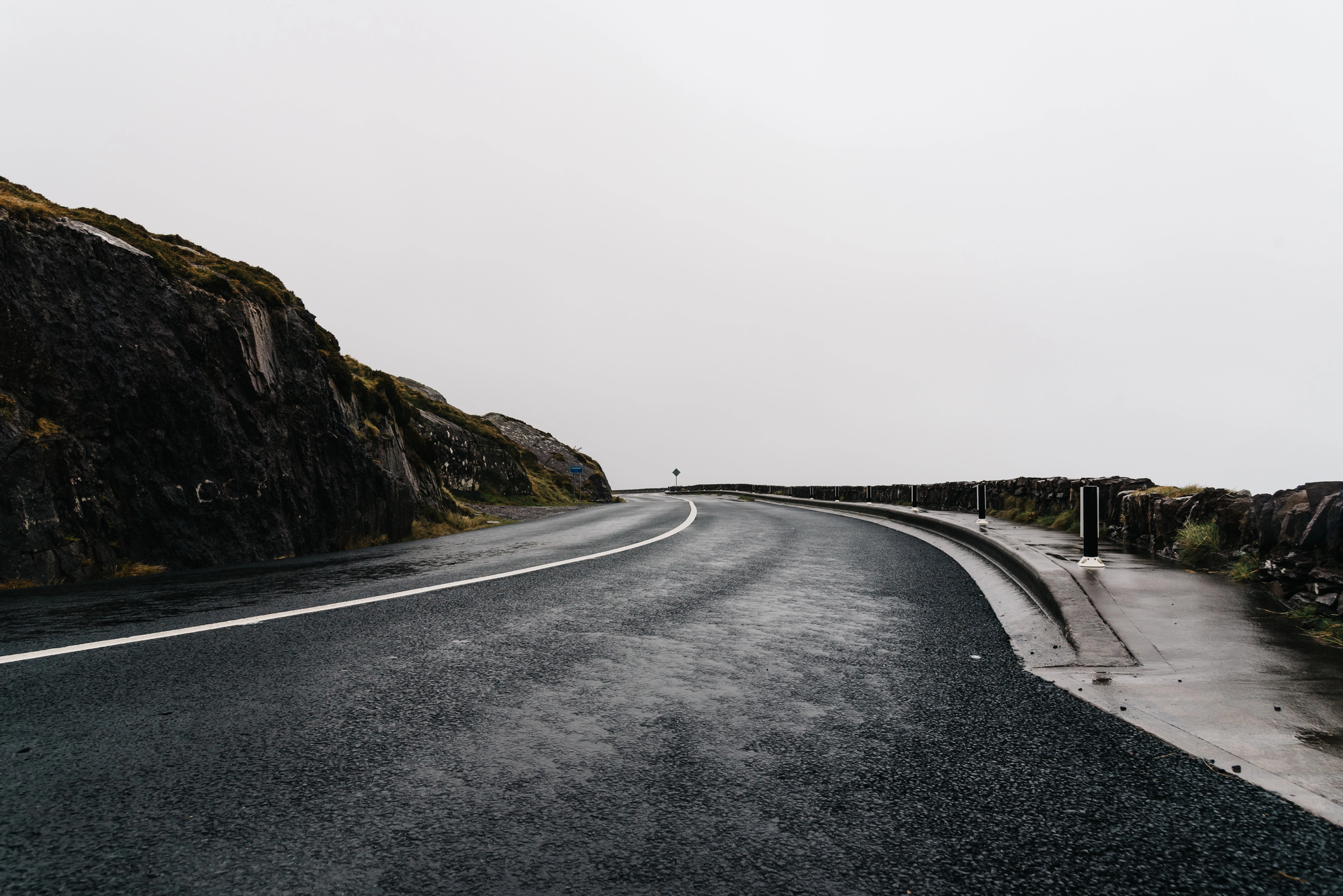
Stretching a whopping 1,500 miles along Ireland’s jagged western edge, the Wild Atlantic Way isn’t just a road trip – it’s practically a life journey. You’ll navigate past sheer cliff faces where foaming Atlantic waves crash relentlessly below, then suddenly find yourself in sleepy fishing hamlets that haven’t changed in generations.
Around one bend: a deserted golden beach; around another – a viewpoint so spectacular it’ll knock your camera right out of your hands.
Cliffs of Moher
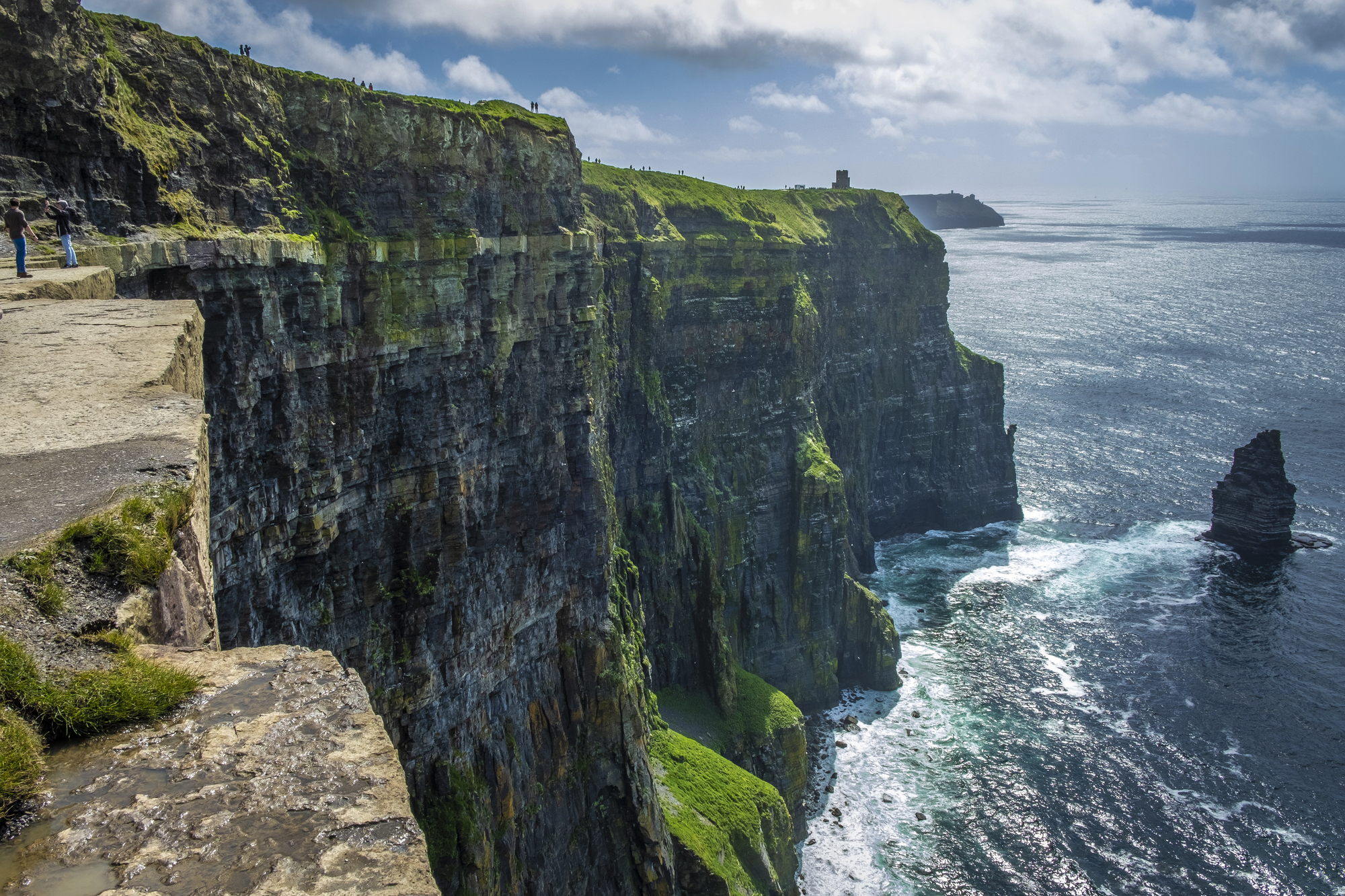
The Atlantic has spent millennia carving these phenomenal sea cliffs – and what a job it’s done! Soaring 700+ feet above churning waters, these natural skyscrapers stretch almost 5 miles along Clare’s rugged coast. On clear days – which admittedly aren’t guaranteed in Ireland – you might spot the Aran Islands floating on the horizon like misty mirages.
Brace yourself against the wild winds up top, though; they’ve been known to snatch hats, scarves, and occasionally tourists’ dignity.
Ring of Kerry
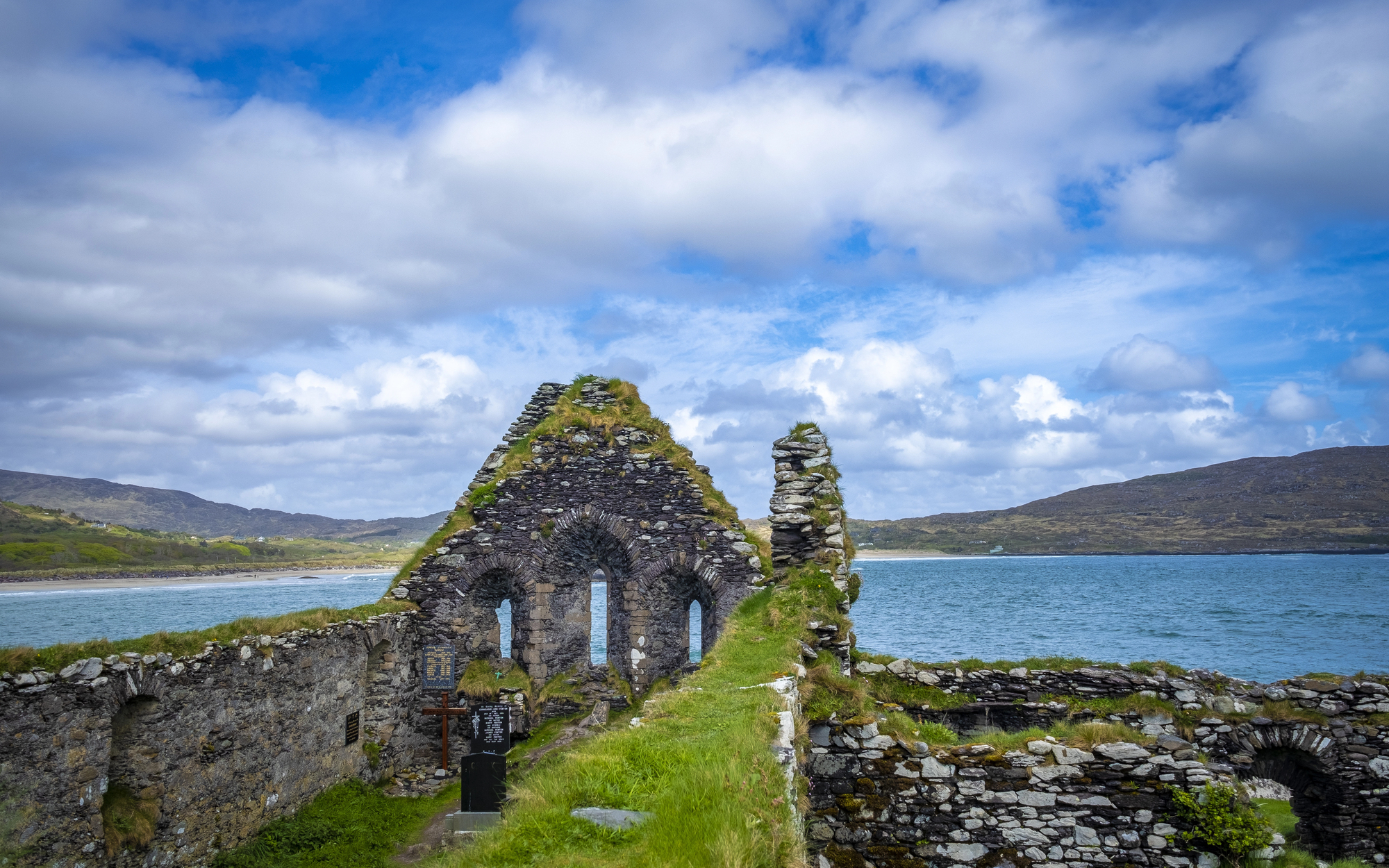
Nobody does a scenic loop quite like the Irish – and the Ring of Kerry proves it with 110 miles of jaw-dropping coastal magnificence circling the Iveragh Peninsula. This route doesn’t just offer pretty views – it delivers sensory overload. Ancient stone forts squat defiantly against time while mountains practically tumble into azure waters.
The rainbow-hued village of Sneem makes a perfect pit stop, though you’ll find yourself pulling over constantly – not for car trouble, but for landscape appreciation.
Like Travel Pug’s content? Follow us on MSN.
Dingle Peninsula
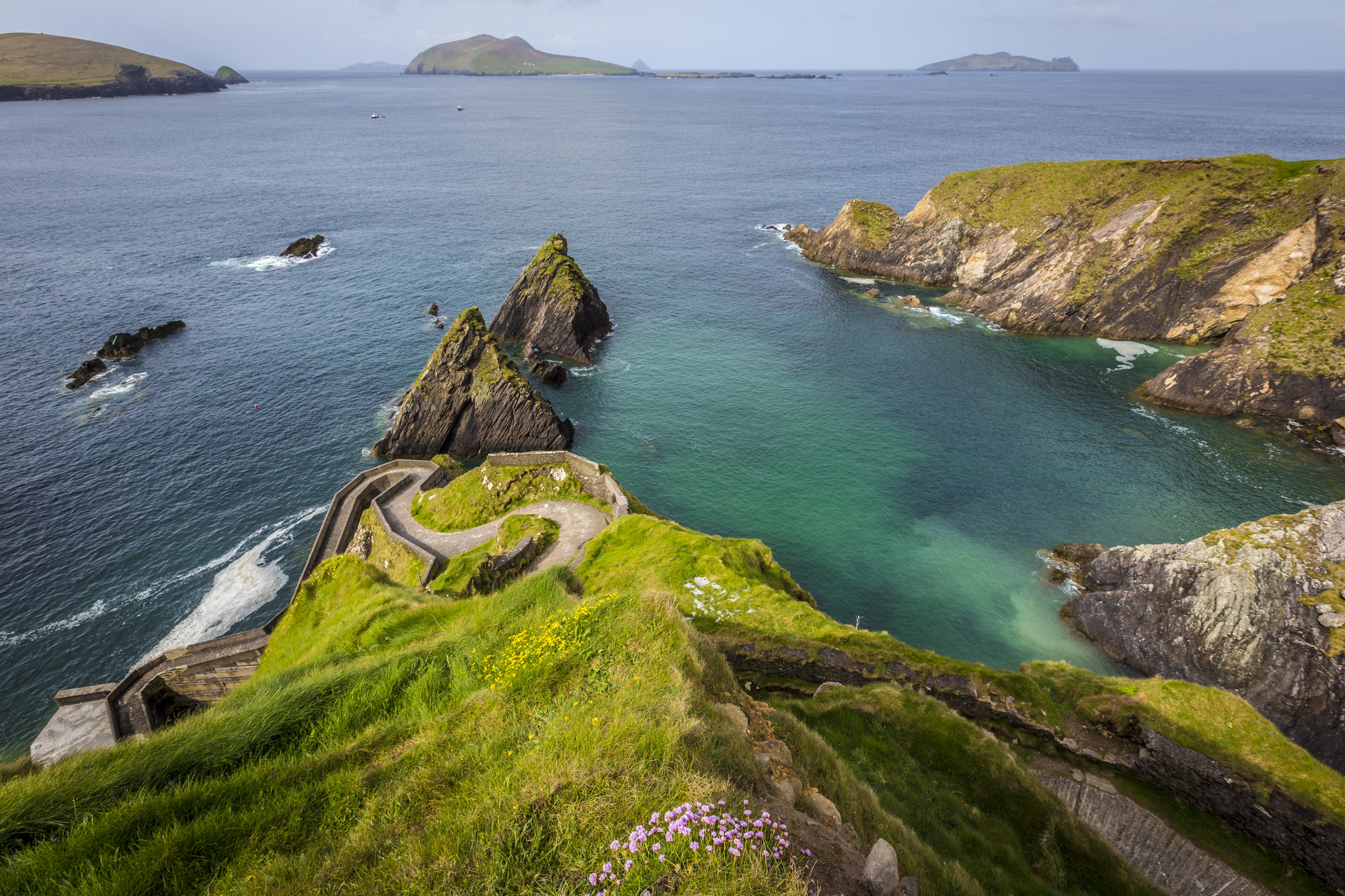
While touristy crowds swarm the Ring of Kerry, savvy travelers often slip away to its northern neighbor – the delightfully compact Dingle Peninsula. Here, the Slea Head Drive delivers concentrated beauty – prehistoric beehive huts and weathered Celtic crosses punctuate landscapes that feel almost supernaturally green.
Dingle town itself – with buildings painted every color imaginable – serves up seafood so fresh it practically jumps onto your plate, alongside pints poured by barkeeps who’ll know your name by visit two.
Causeway

Northern Ireland’s hexagonal masterpiece leaves first-time visitors momentarily speechless – these aren’t just rocks; they’re geological poetry. Around 40,000 perfectly interlocking basalt columns march into the sea, created not by artistic giants as legend suggests, but by volcanic forces 60 million years ago – though the giant story makes better pub conversation.
Walking this natural jigsaw puzzle feels like stepping through a portal to some mathematically precise alien world – albeit one frequently soaked by Irish rain.
Connemara National Park
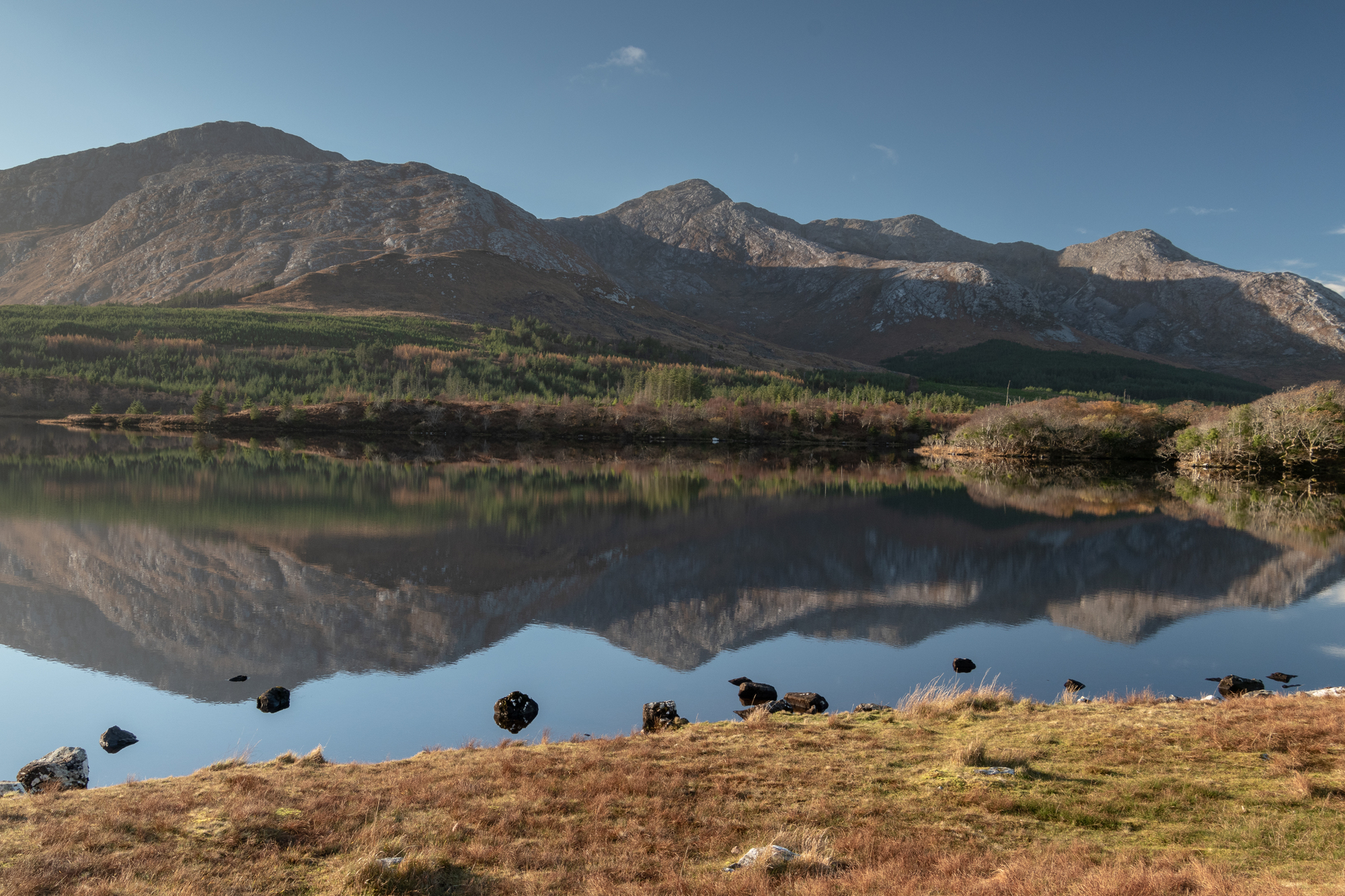
Connemara doesn’t just show you Ireland’s beauty – it practically drowns you in it. Mountains rise dramatically from boglands that stretch toward infinity, while lakes reflect skies that transform hourly. Diamond Hill – despite its rather ambitious name – offers relatively gentle climbing rewards with panoramic vistas that’ll fill your camera roll.
The famous Twelve Bens mountain range catches light in ways photographers spend lifetimes trying to capture – sometimes brooding under clouds, sometimes gleaming with unexpected sunshine.
Like Travel Pug’s content? Follow us on MSN.
Killarney National Park
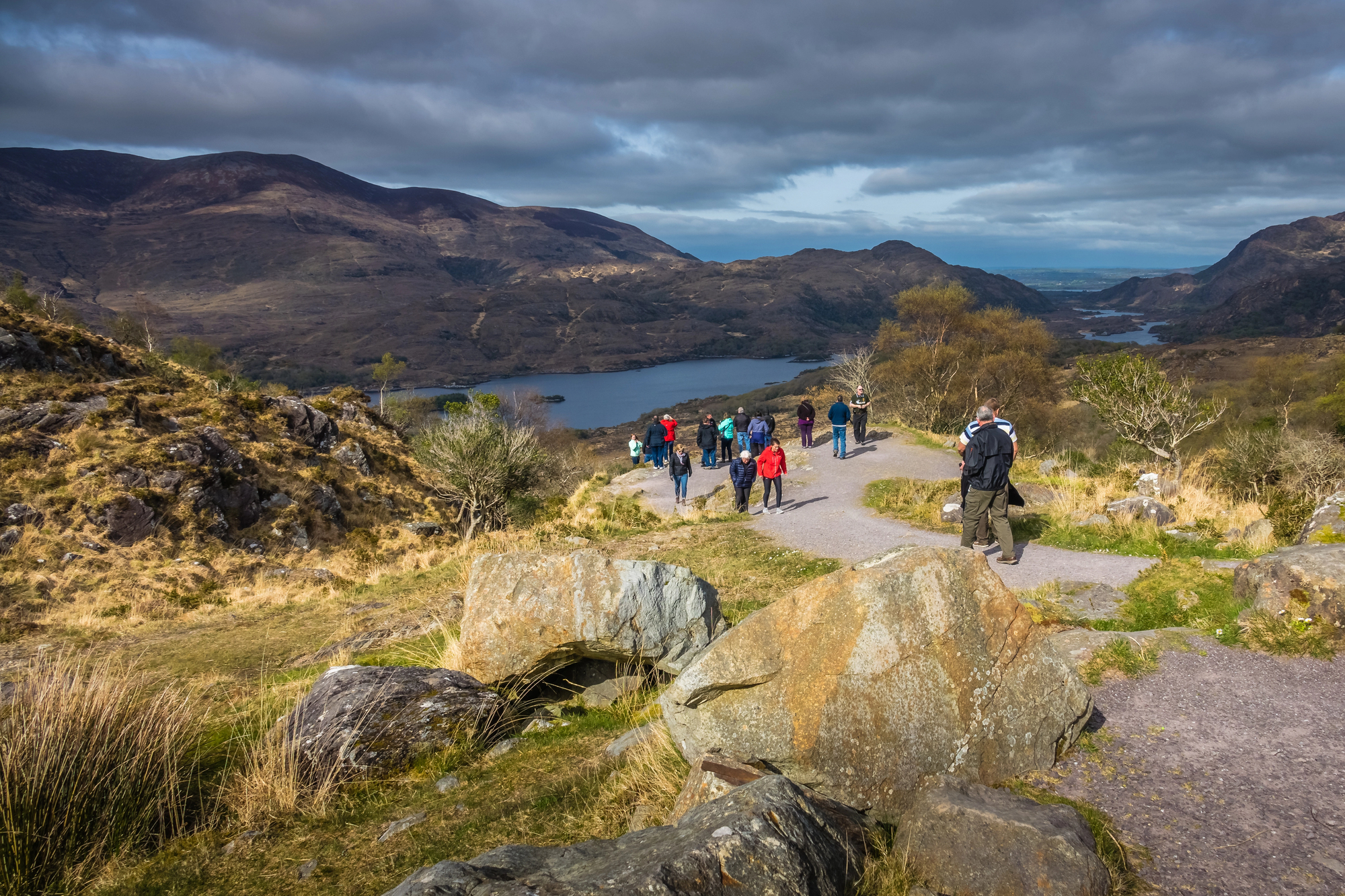
Ireland established its national park tradition right here among 25,000 acres of ancient woodlands, mountain terrain, and those famously picturesque Killarney lakes. Aristocratic Muckross House represents Victorian elegance amid the wilderness, while Ross Castle stands sentinel at the water’s edge – still looking rather grumpy about Cromwell’s forces.
The Gap of Dunloe cuts dramatically between Macgillycuddy’s Reeks peaks – worth traversing slowly, whether by car, or your own two feet.
Blarney Castle
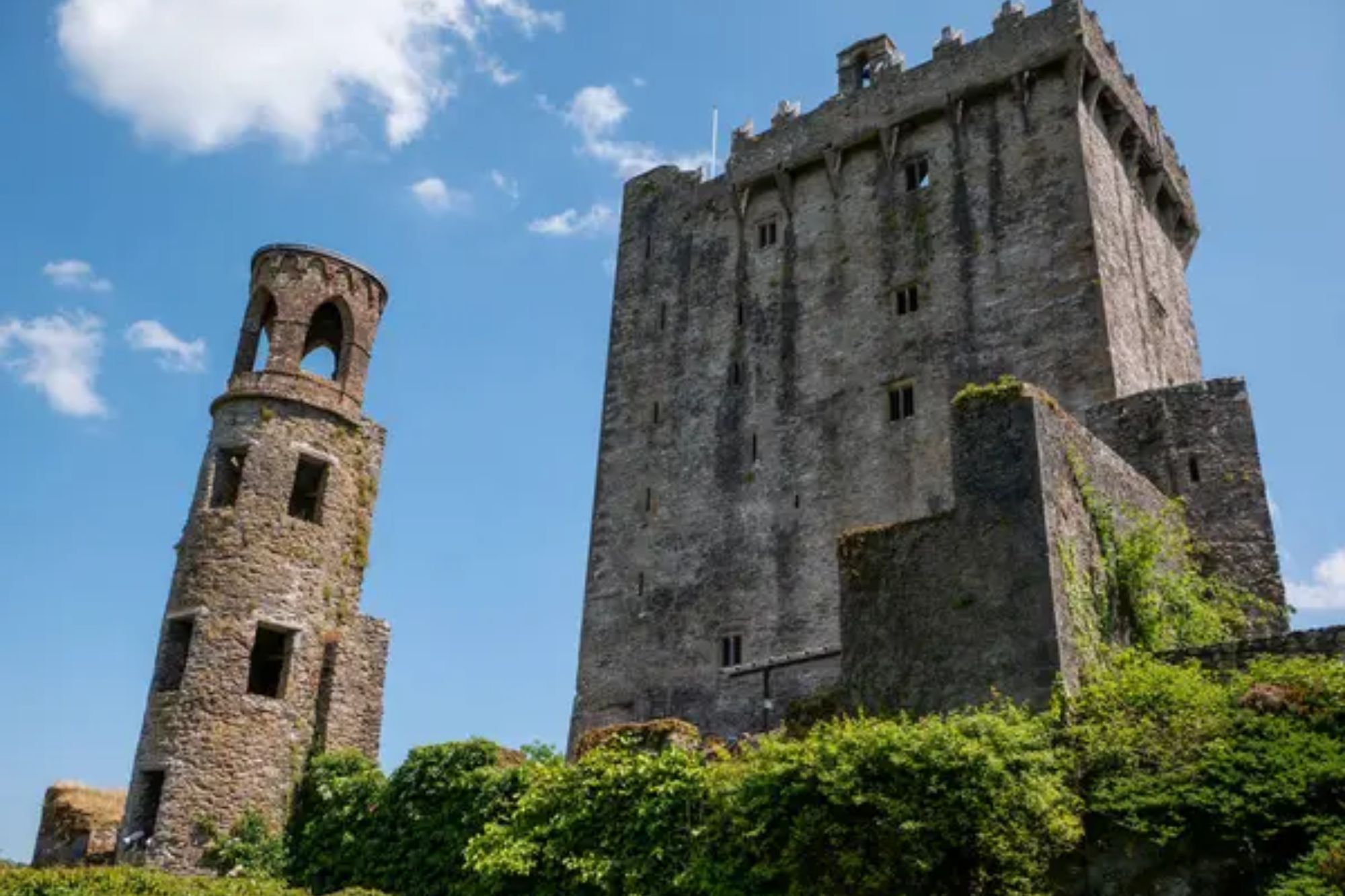
Everyone knows about kissing the Blarney Stone for supposedly magical eloquence – dangling backward over a serious drop – yet the medieval fortress offers much more than just potential backaches. The surrounding gardens reveal hidden treasures, including the slightly sinister Poison Garden, showcasing plants that could definitely ruin your vacation permanently.
Meandering through the partially ruined 15th-century stronghold evokes spirits of ages past – chambers and passages where Irish history unfolded amid stone walls that have witnessed centuries of drama.
Dublin’s Historic Center
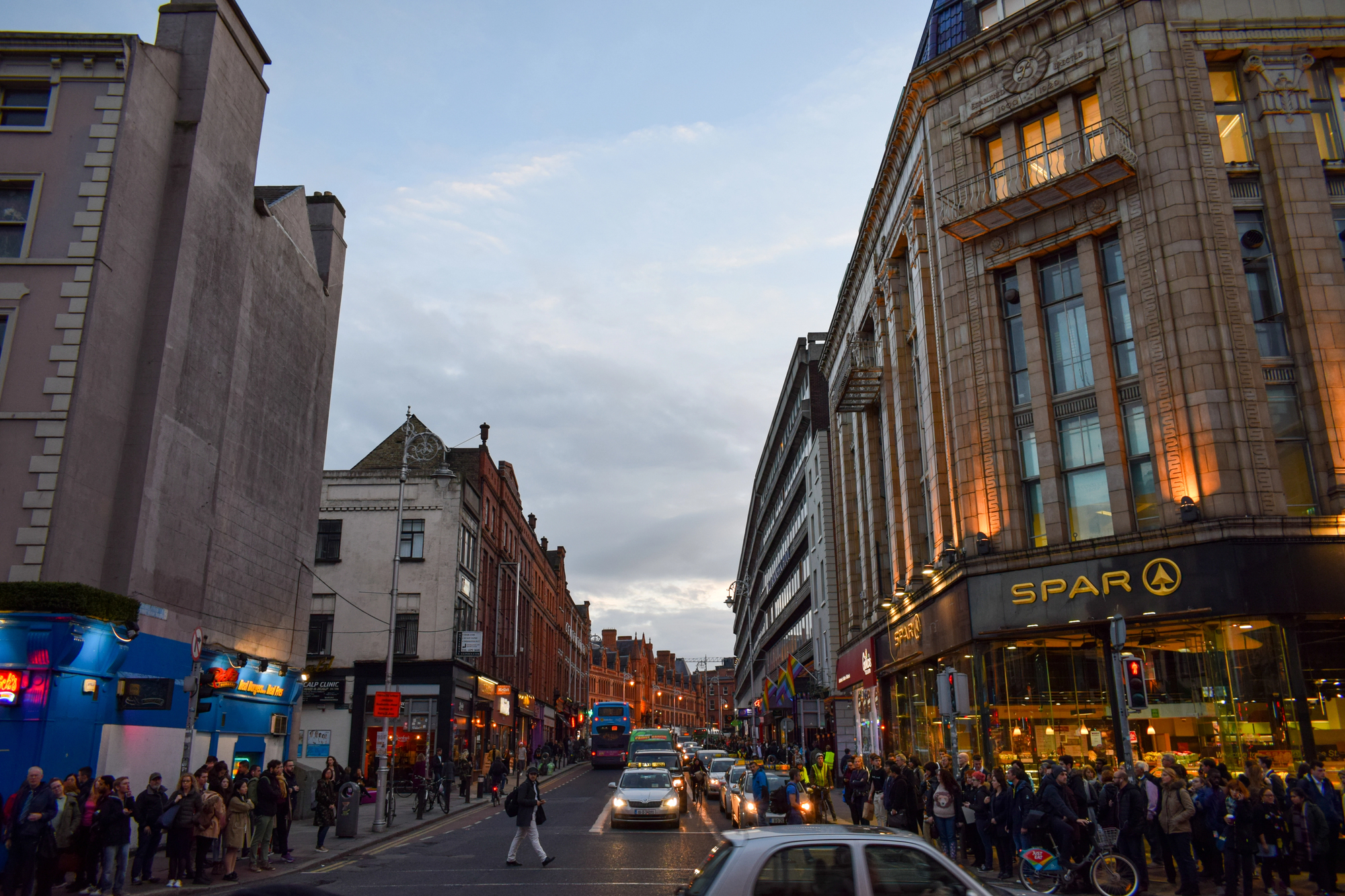
Between rural explorations, Dublin delivers metropolitan energy steeped in history. Trinity College safeguards the breathtaking Book of Kells – a manuscript created around 800 AD that makes modern graphic designers question their life choices.
The Guinness Storehouse reveals secrets behind Ireland’s dark liquid export – complete with perfectly poured samples. Meanwhile, Temple Bar’s cobbled alleys overflow with music pouring from doorways, while Dublin’s walkable scale means you’re never far from your next discovery.
Like Travel Pug’s content? Follow us on MSN.
Wicklow Mountains
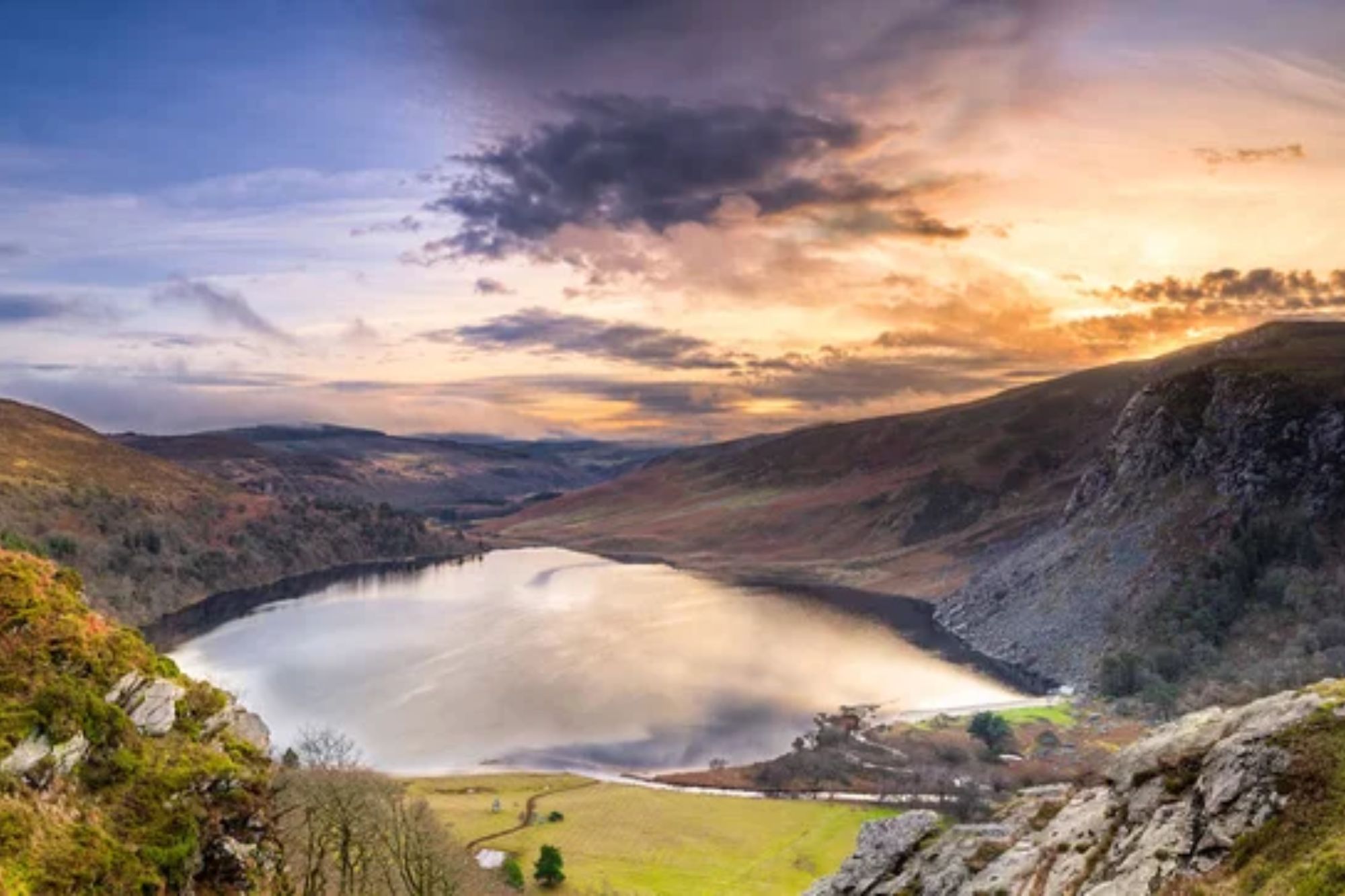
The “Garden of Ireland” moniker understates Wicklow’s dramatic beauty – these aren’t gentle hills but proper mountains with attitude. Military Road slices through steep valleys where light and shadow perform daily ballet performances across heathered slopes.
Glendalough nestles like a secret between peaks – its 6th-century monastic ruins reflecting in twin lakes while ancient tombstones tilt at intriguing angles. Here, Ireland’s contemplative soul reveals itself most clearly – monastic peace amid natural grandeur.
Burren National Park
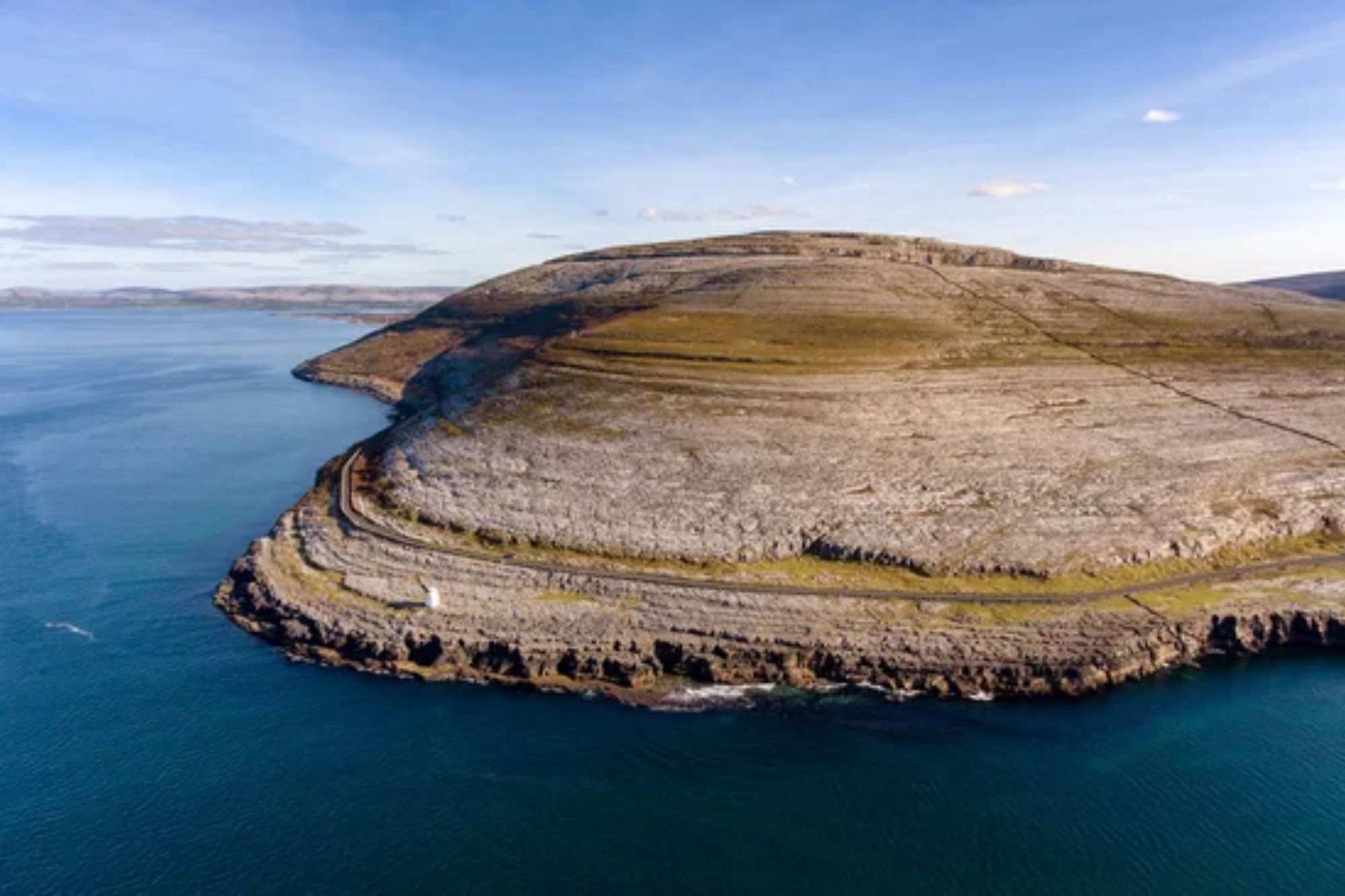
Forget everything you thought you knew about Ireland’s famous greenery – the Burren throws that stereotype right out the window. This bizarre moonscape of exposed limestone stretches for miles, creating what looks like a giant’s game board abandoned mid-play. Impossibly, this seemingly barren terrain harbors botanical contradictions where Arctic flowers bloom beside Mediterranean orchids.
Prehistoric dolmens and stone circles dot the landscape, reminding visitors that humans have been scratching their heads at this geological oddity for thousands of years.
Aran Islands
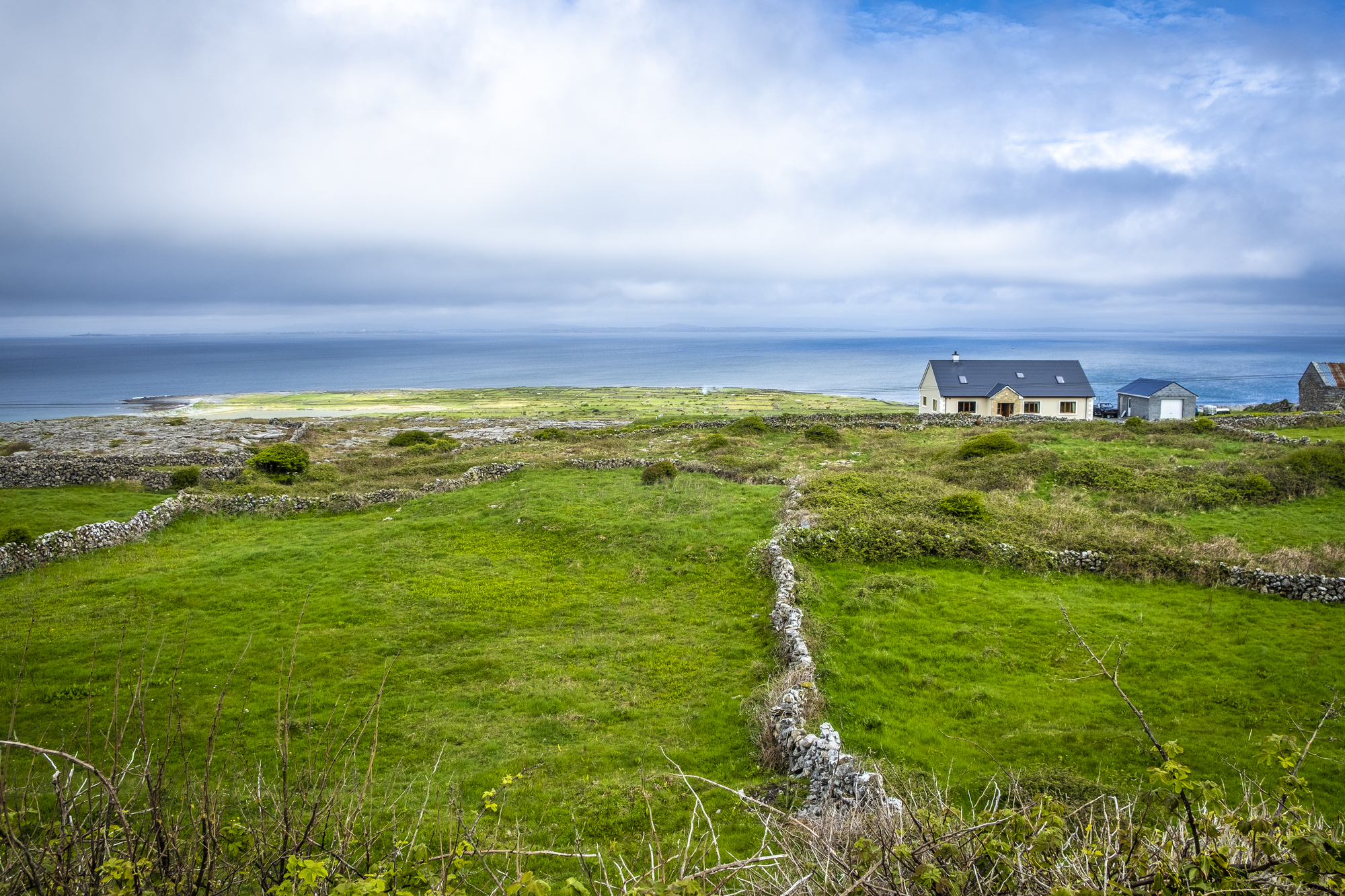
Time moves differently on these windswept Atlantic outposts, accessible via frequently stomach-churning ferry journeys from Doolin or Galway. Once ashore, you’ll find Irish traditions preserved like insects in amber – locals still speak Irish first, English second.
Stone walls divide every conceivable inch of land into a crazy-quilt pattern visible from miles away. On Inishmore, the prehistoric fort of Dun Aengus perches suicidally close to a 300-foot cliff edge, offering views that make your knees weak and your camera shutter frantic.
Like Travel Pug’s content? Follow us on MSN.
Rock of Cashel
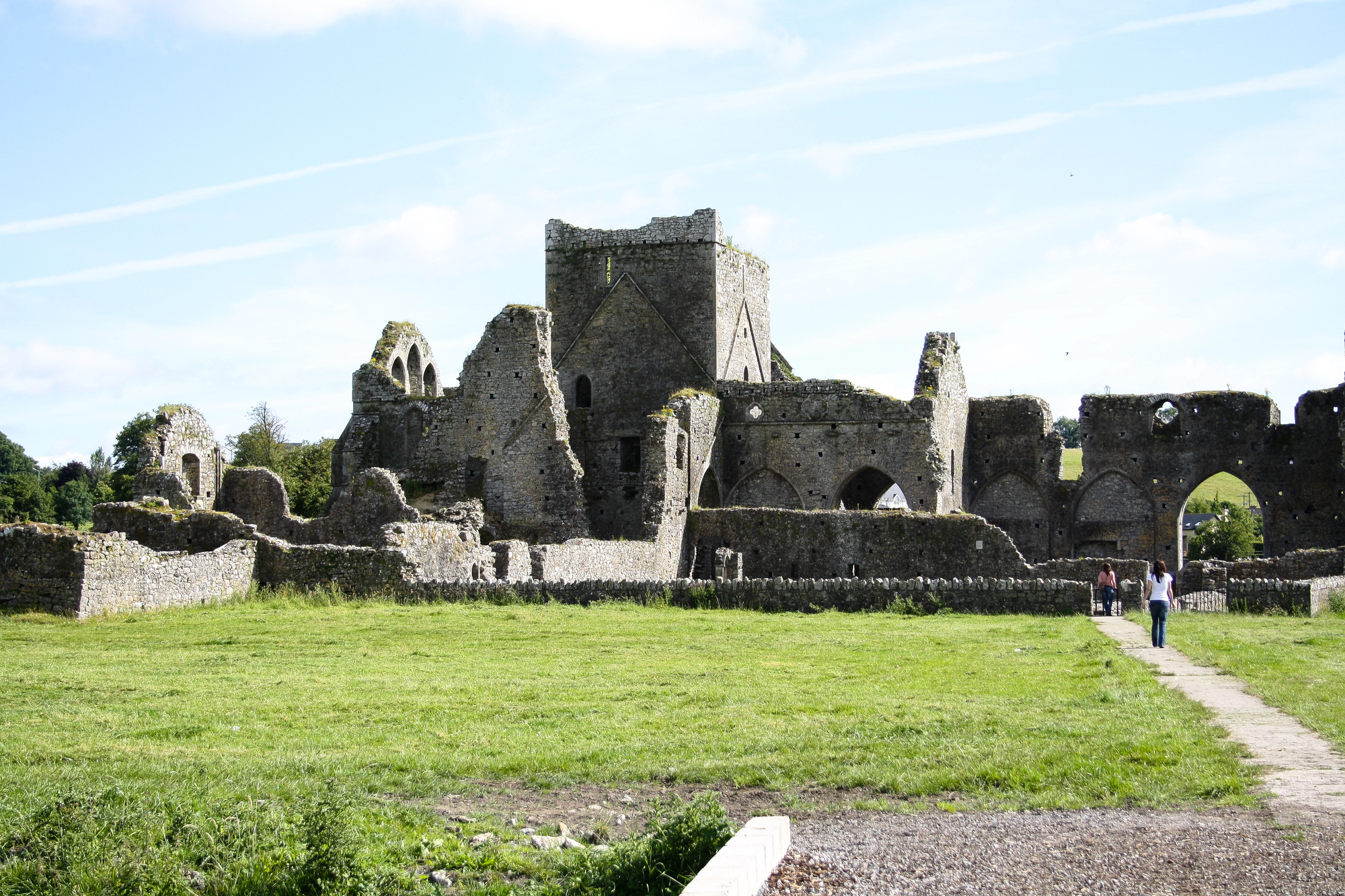
Looming over Tipperary’s golden plains, this ancient ecclesiastical complex has the subtlety of a medieval billboard advertising Christianity’s triumph. Round towers, weathered high crosses, and a magnificent Gothic cathedral create a silhouette straight from fantasy literature.
Local legend insists the entire rocky outcrop landed here when St. Patrick evicted Satan from a mountain cave miles away. From its commanding height, visitors enjoy countryside panoramas that photographers describe using unprintable superlatives of delight.
Coastal Causeway Route
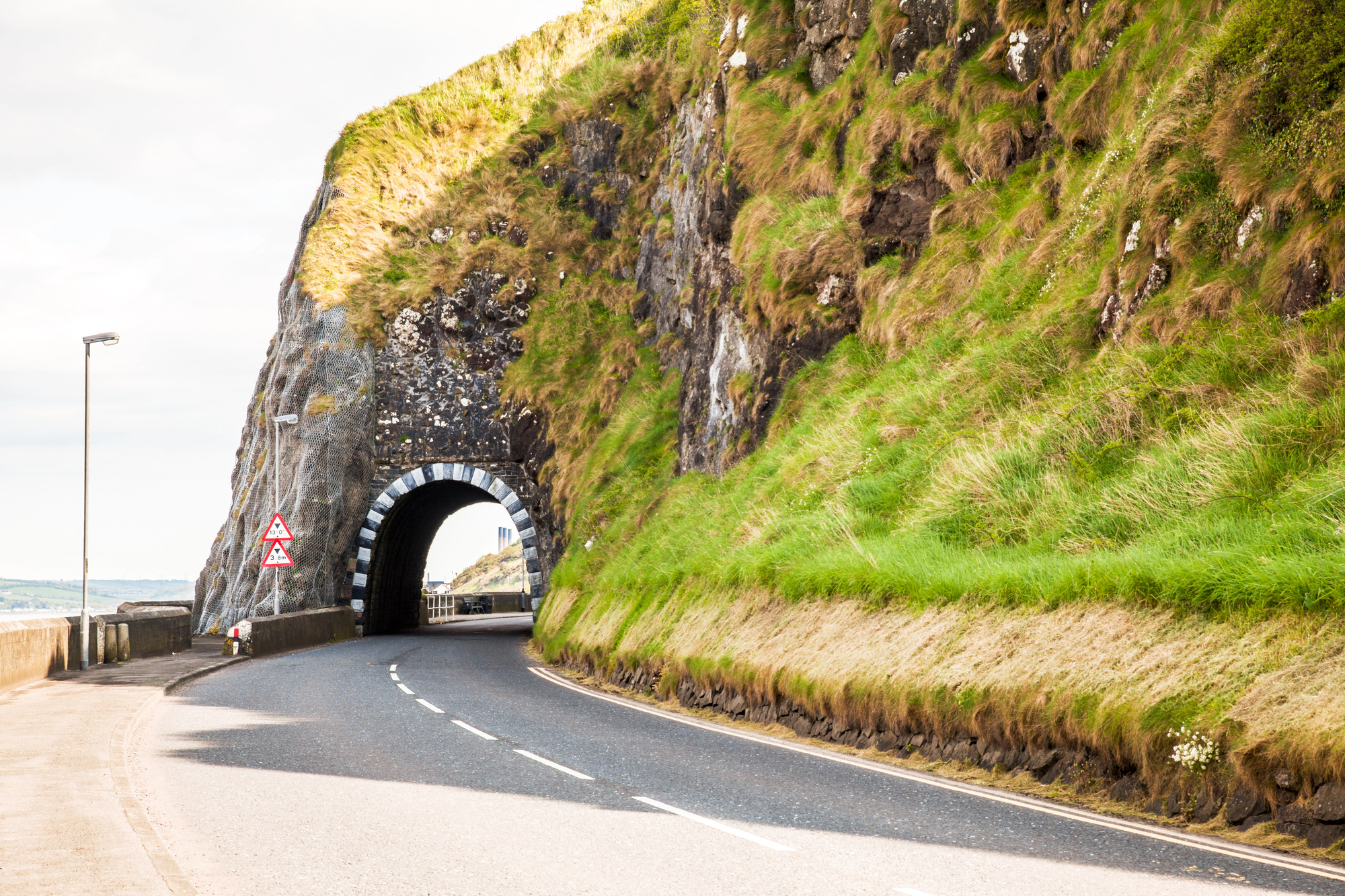
Northern Ireland’s coast road delivers drama with a heavy hand. Beyond the Giant’s Causeway’s famous hexagons, heart-stopping attractions line the route like pearls on a necklace.
The Carrick-a-Rede rope bridge dangles thrill-seekers nearly 100 feet above crashing waves – crossing it requires equal parts courage and stupidity. Nearby, Dunluce Castle ruins cling to cliff edges with such precarious determination that part of the kitchen actually fell into the sea one stormy night in 1639 (taking several servants with it, as tour guides cheerfully relate).
Kilkenny Medieval Mile
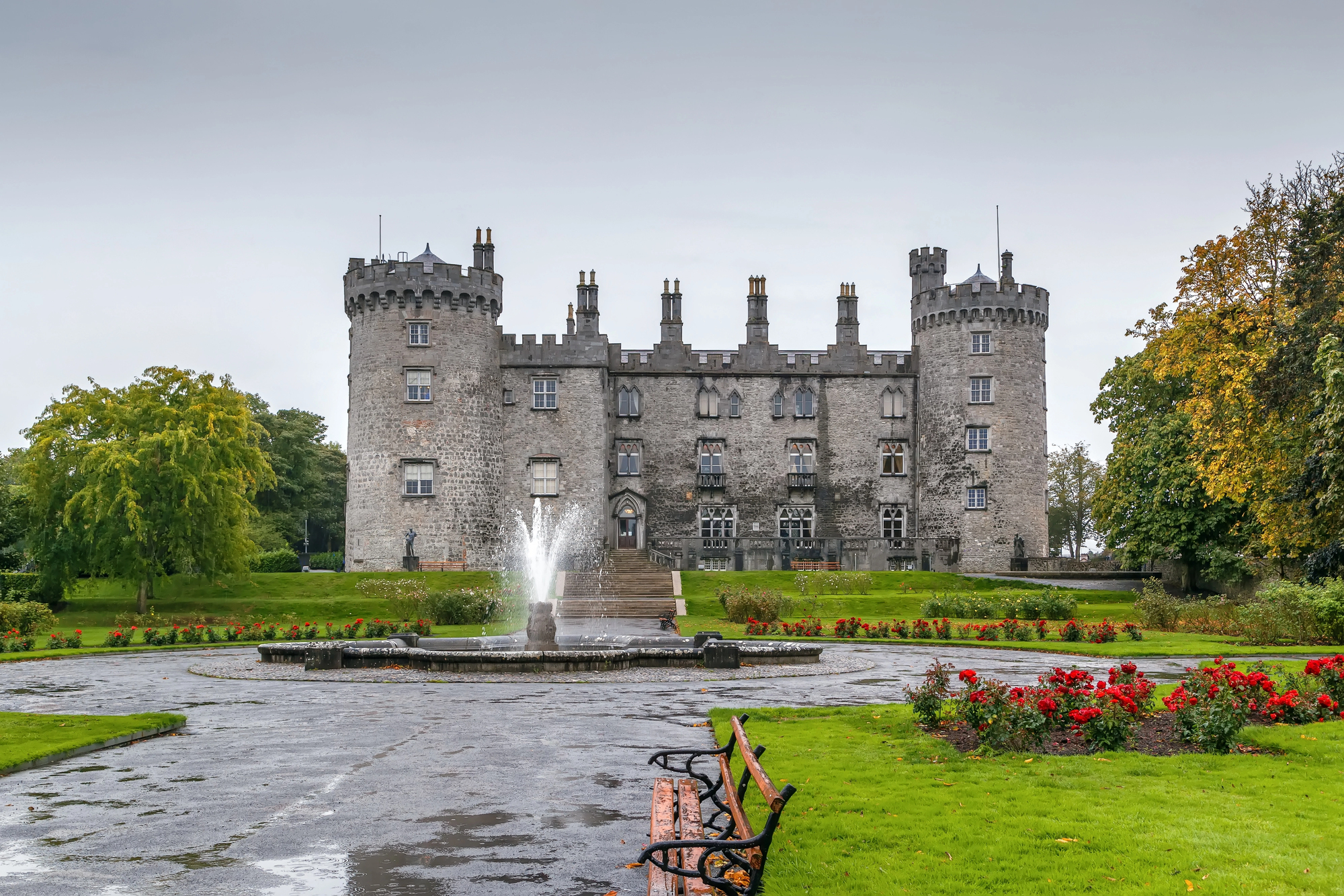
Kilkenny packs centuries of history into one easily walkable stretch dubbed the “Medieval Mile.” The formidable castle anchors one end, while St. Canice’s Cathedral and its climb-worthy round tower bookend the other. Between these landmarks, winding alleyways reveal merchant houses from ages past, walled gardens appearing like mirages behind stone gateways, and no shortage of pubs pouring amber Smithwick’s ale.
The beer tastes particularly satisfying when consumed beneath oak beams that have witnessed centuries of Irish conversations.
Like Travel Pug’s content? Follow us on MSN.
Where Ancient Meets Unforgettable
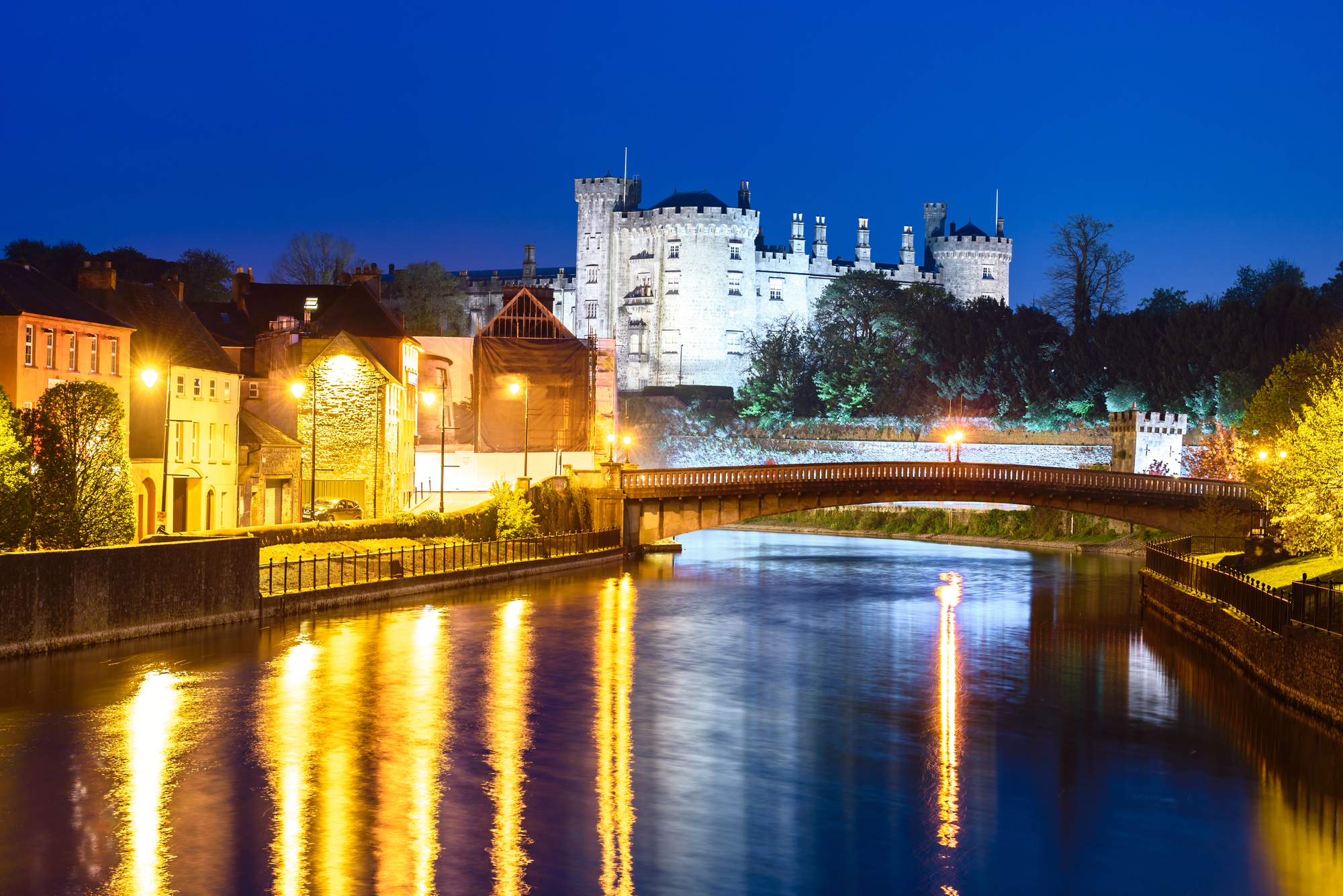
Irish road trips deliver more than just Instagram fodder – they connect travelers with a country where the past stubbornly refuses to stay buried. The real magic happens between destinations: discovering a hidden holy well draped in prayer cloths, stumbling upon a session of traditional music in a village pub, or exchanging weather observations with a farmer moving sheep across an ancient byway.
The Ireland of postcards exists, certainly, but the Ireland between those famous snapshots holds equally powerful enchantment. Pack clothing for all seasons (sometimes needed within a single afternoon), bring a healthy respect for narrow roads, and prepare for conversations that transform strangers into friends before the first pint disappears.
More from Travel Pug

- Cities Growing so Fast You Won’t Recognize Them in 10 Years
- 13 Destinations Where Tourists Regularly Regret Their Trip
- 16 U.S. Cities That Are Quietly Becoming Travel Hotspots
- Where to Travel If You Love Long Bus Rides and Daydreams
- 20 Cities Perfect for Solo Travelers Who Crave Adventure & Culture
Like Travel Pug’s content? Follow us on MSN.
